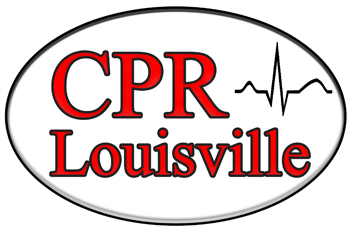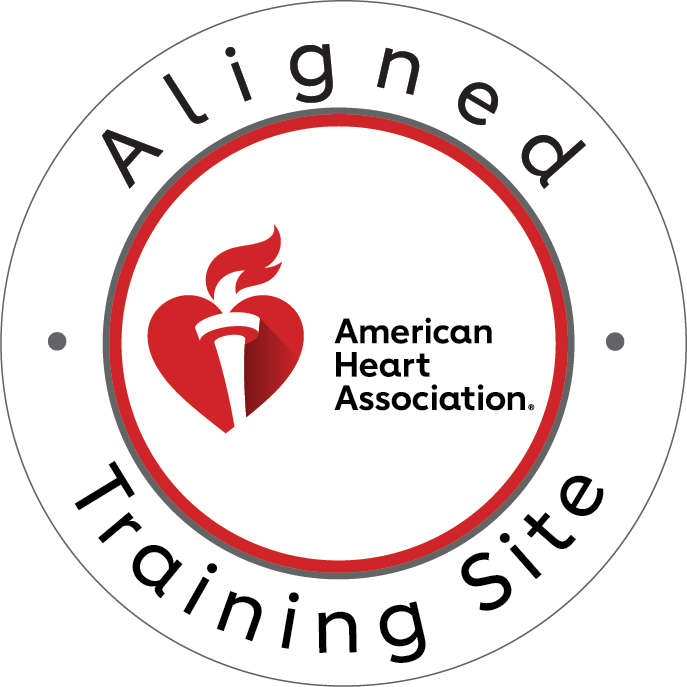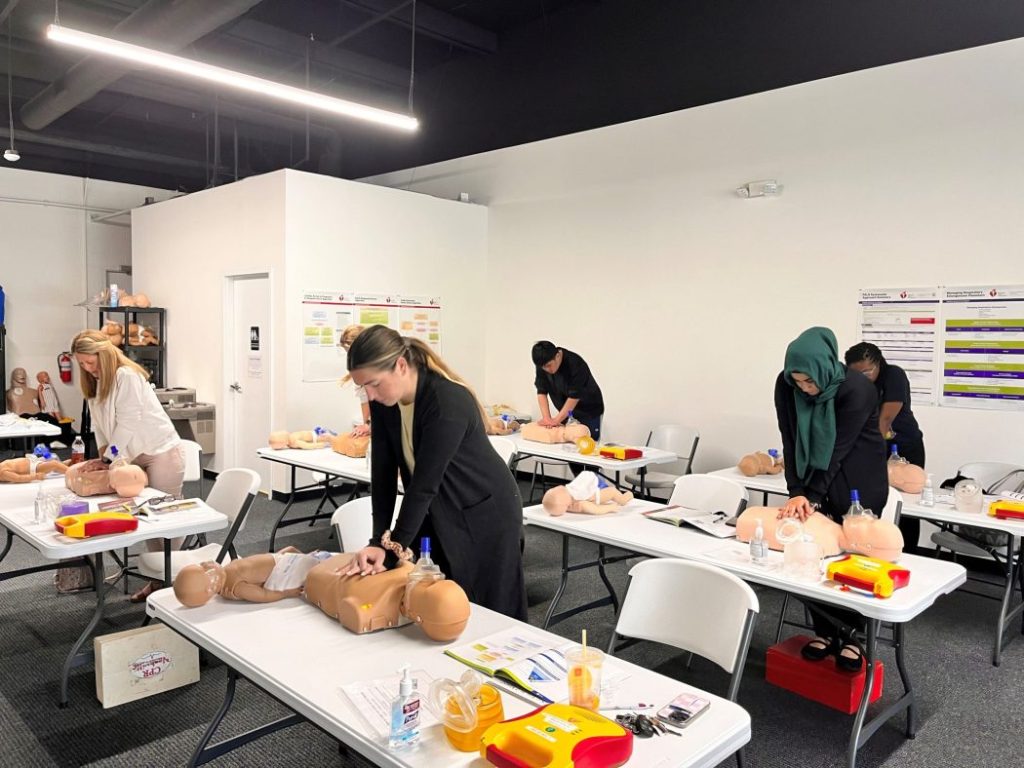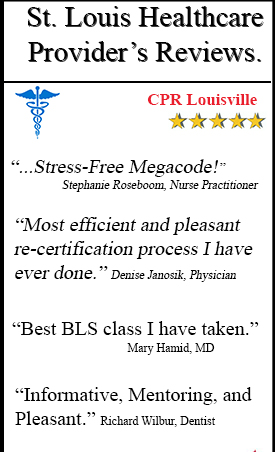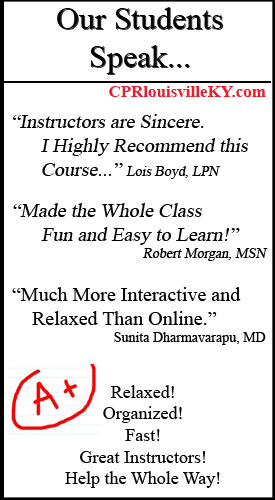CPR is one of the most critical interventions during cardiac arrest and other life-threatening emergencies. Properly administered chest compressions can mean the difference between life and death, as they help maintain blood circulation and oxygen delivery to vital organs. While many factors influence the effectiveness of CPR, one of the most crucial is compression depth. Understanding the importance of proper compression depth and ensuring it is maintained throughout resuscitation efforts can significantly impact survival rates.
Understanding CPR Compression Depth
Compression depth refers to how deeply the rescuer presses down on the chest during CPR. This depth is essential because it directly affects the ability of the heart to pump blood effectively. The American Heart Association (AHA) provides clear guidelines on recommended compression depths: for adults, at least 2 inches (5 cm); for children, approximately 2 inches (5 cm); and for infants, about 1.5 inches (4 cm). These guidelines are based on extensive research that demonstrates optimal perfusion when these depths are maintained. Too shallow compressions fail to generate adequate blood flow, while excessive depth can lead to rib fractures and other injuries.
The Science Behind Compression Depth
During CPR, compressions work by manually pumping blood through the heart and into circulation. When compressions reach the correct depth, they create enough pressure to sustain blood flow to the brain and other vital organs. This oxygen delivery is critical in preventing brain damage and increasing the likelihood of successful resuscitation. Several research studies have confirmed that maintaining the proper compression depth significantly improves survival rates. Conversely, studies have also shown that compressions that are too shallow or too deep reduce the chances of a positive outcome.
Techniques for Achieving Optimal Compression Depth
Achieving the correct compression depth requires proper technique. Hand placement plays a significant role in ensuring effective compressions. For adults, hands should be placed on the center of the chest, with fingers interlocked and elbows locked to apply downward force efficiently. The rescuer should use their upper body weight rather than just their arms to maintain adequate compression depth. Feedback devices, such as CPR manikins equipped with depth sensors, provide real-time guidance and can help individuals refine their techniques. Regular training and practice using these tools can reinforce proper depth and consistency during real-life emergencies.
Challenges and Solutions in Maintaining Compression Depth
Maintaining the correct compression depth throughout CPR can be challenging. Fatigue is one of the most common issues rescuers face, especially during prolonged resuscitation efforts. As fatigue sets in, compression depth tends to decrease, reducing the effectiveness of CPR. To counteract this, rescuers should switch roles every two minutes to ensure consistent compressions. Additionally, improper technique, such as bending elbows or failing to use body weight, can result in insufficient compression depth. Practicing correct form and using high-quality training can mitigate these issues.
Real-life case studies highlight the importance of proper compression depth. In numerous documented cases, individuals who received high-quality CPR with optimal compression depth had significantly higher survival rates and better neurological outcomes. These examples reinforce the necessity of regular training and adherence to AHA guidelines.
The Role of CPR Louisville in Promoting Effective CPR
CPR Louisville, an American Heart Association training site, is dedicated to equipping individuals with the skills necessary to perform high-quality CPR. The facility offers a range of courses, including Basic Life Support (BLS) for Healthcare Providers, Advanced Cardiovascular Life Support (ACLS), Pediatric Advanced Life Support (PALS), and general CPR and First Aid training. These courses focus on hands-on, stress-free learning, ensuring participants develop confidence in their life-saving abilities. Many trainees have shared success stories, demonstrating how their training enabled them to respond effectively in emergencies and save lives.
Conclusion
Understanding and maintaining proper compression depth is a fundamental component of effective CPR. It directly influences survival rates and neurological outcomes, making it essential for both healthcare providers and laypersons to master. Ongoing training and certification in CPR ensure that individuals are prepared to act in critical situations. For those looking to enhance their skills, CPR Louisville provides high-quality, comprehensive CPR training programs designed to build confidence and proficiency. Enrolling in a course today can make all the difference in an emergency and help save lives.

